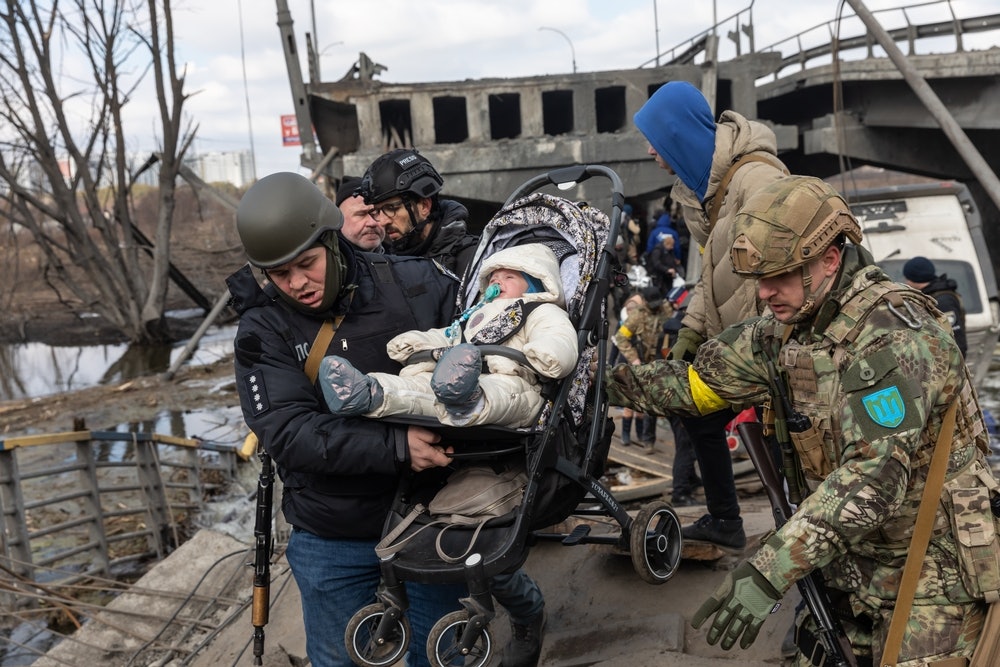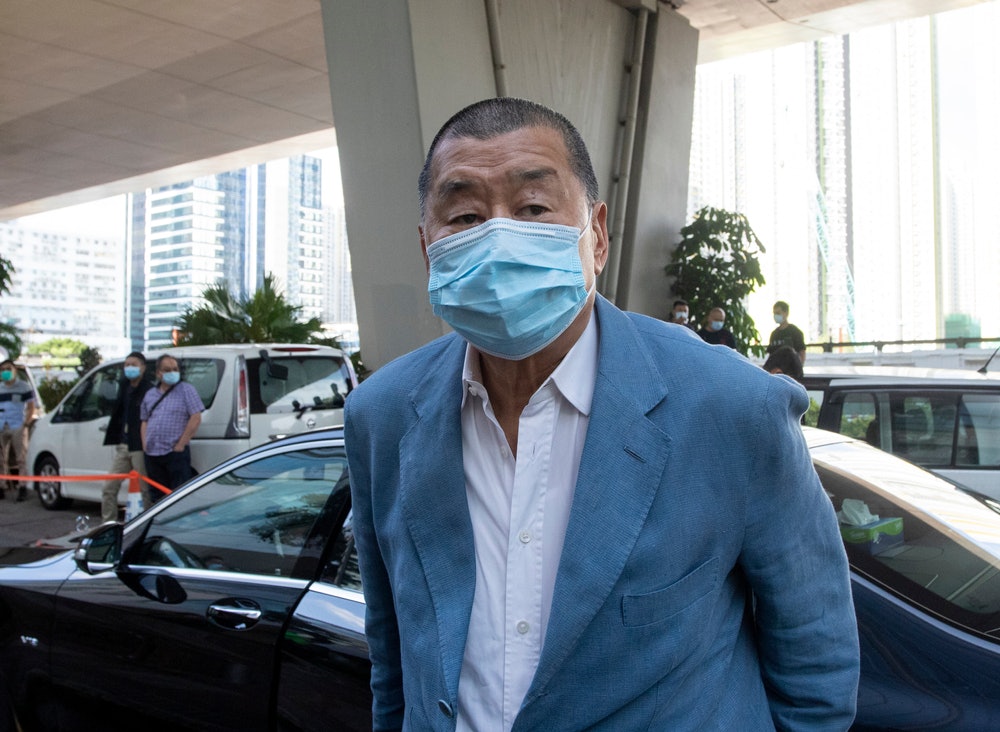This week, Ukraine is commemorating a somber milestone: a thousand days of full-scale war. Russia’s war against Ukraine has been the most destructive conflict in Europe since World War II, causing up to a million people dead or injured and displacing over five million more. Against an onslaught of a much larger and better equipped adversary, the Ukrainians have fought valiantly for their freedom. Most experts and U.S. government officials expected the country to be subjugated by the Russians in mere days. But nearly three years later, the Ukrainians are still standing strong and fighting back.
Still, Ukrainians are exhausted from war, as Russia subjects the nation to massive, near-daily bombings, specifically targeting civilians. The latest news from the frontlines is grim. With the recent political changes in Europe and the United States, Ukraine is also feeling increasingly unnerved about continued support from its Western partners. It is no surprise that, according to some recent polls, a majority of Ukrainians now want a quick, negotiated end to the war.
The incoming Trump Administration has an opportunity to help Ukraine achieve peace. But it should only do so to ensure that any peace with Russia is just and lasting – unlike the 2014-2015 Minsk agreements that only led to more Russian aggression, or the 1994 Budapest Memorandum, which granted “security guarantees” for Ukraine’s territorial integrity that went unfulfilled.
The new administration can do three things to ensure that Ukraine is in the best negotiating position for any peace talks. First, it should ensure that Ukraine receives an immediate influx of new military assistance, including missile defense and long-range weapons that can be fired into Russia without cumbersome restrictions.
Second, the United States and the European Union (EU) need to significantly tighten the enforcement of existing sanctions and impose tough new sanctions against Russia. To be most effective, the EU needs to end its purchases of hydrocarbons from Russia, which currently contribute around $1 billion per month to the Kremlin’s war chest. Likewise, the G7 nations need to dramatically lower their current $60 per barrel oil cap for purchases of Russian oil and establish “shadow-free zones” for illicit Russian shipping. With the Russian economy on the ropes, now is the time to turn up the pressure to the maximum.
Third, Ukraine’s long-term security can only be guaranteed by its admission to the North Atlantic Treaty Organization (NATO). The Trump Administration should lead the effort for NATO to finally extend Ukraine an invitation to join, while reserving the right to decide when Kyiv actually joins, or what Ukrainian territory will be protected by Article 5 of the NATO Treaty. This would deny Putin a de facto veto over Ukraine’s aspirations.
The free world must continue to support Ukraine’s fight for freedom and democracy, not only because it is moral and right, but also because it is now a global struggle – the outcome of which will shape geopolitics for generations. Since February 2022, Russia has built a coalition against democracies, including fellow authoritarians China, Iran, and North Korea (also known as CRINK), which has fully supported Russia’s war efforts to undermine the U.S.-led global order. If the United States and its allies fail to support Ukraine, autocracy will emerge triumphant, and risk of a third global war will rise significantly. It is an outcome we can – and should – avoid.































